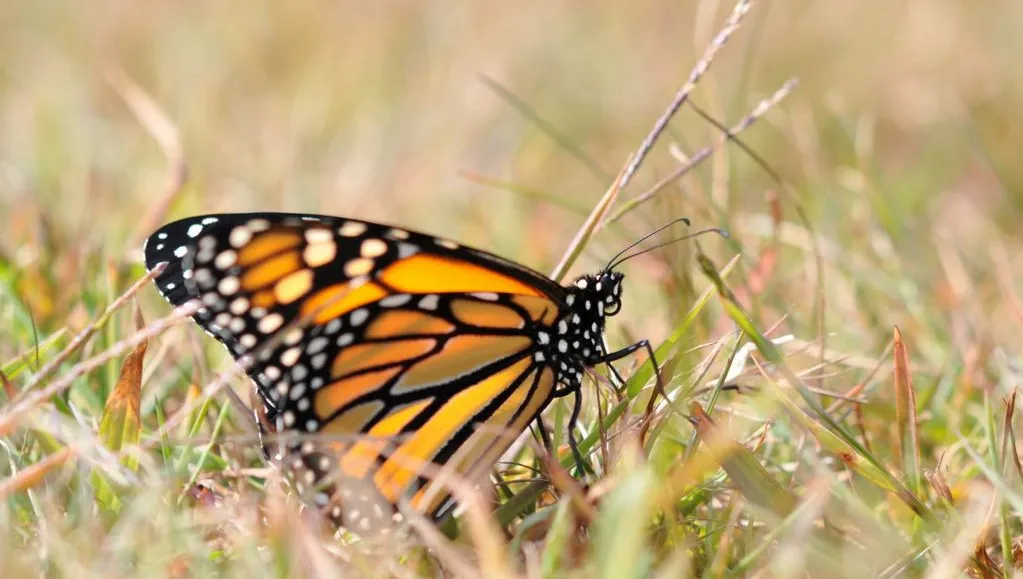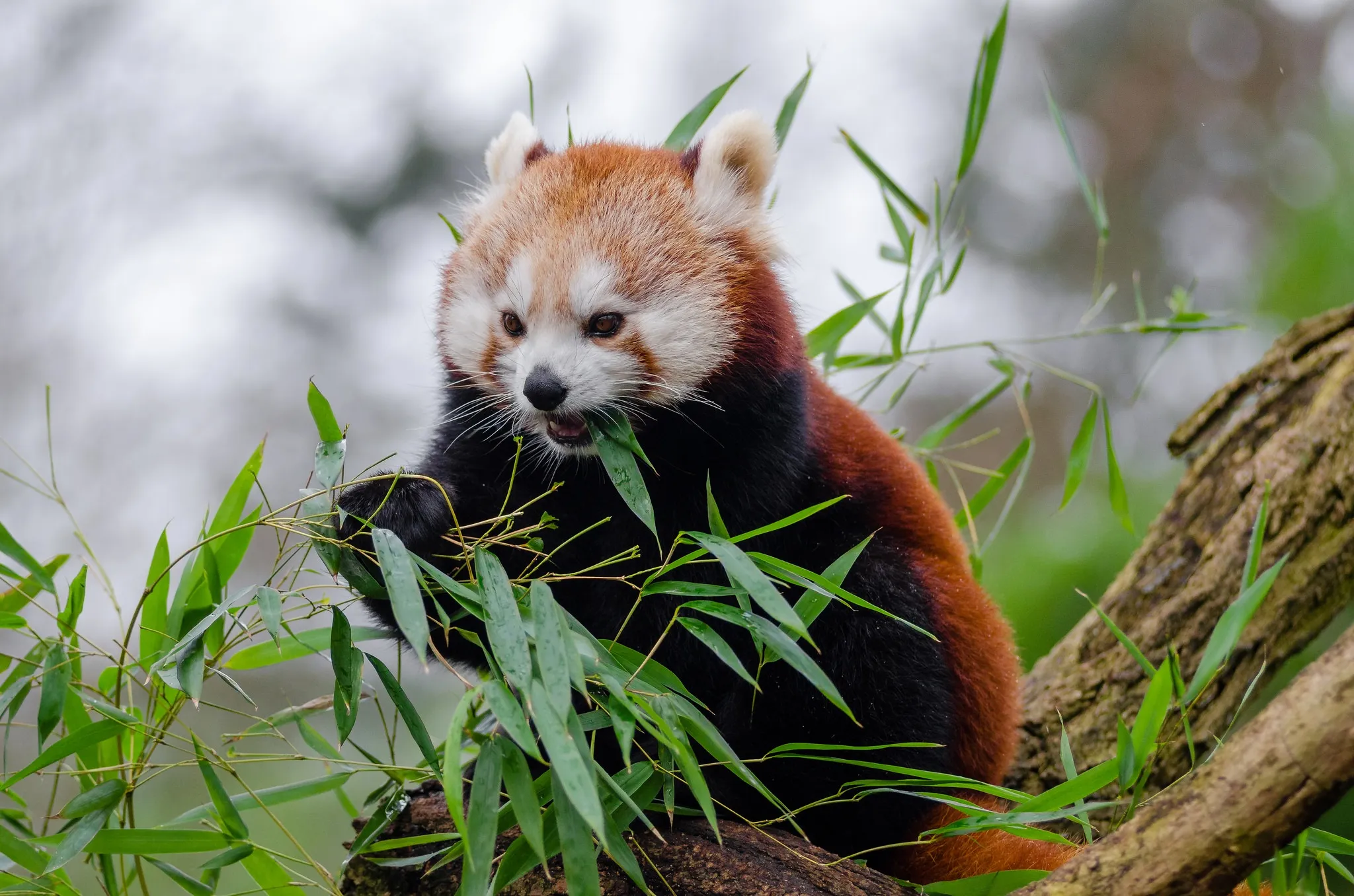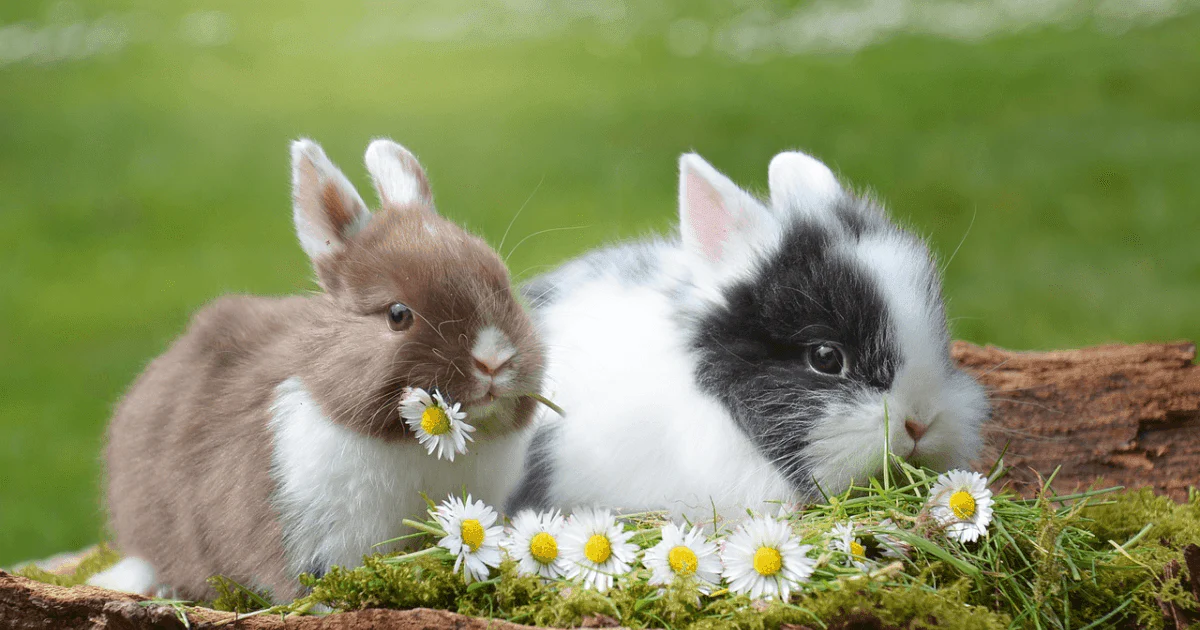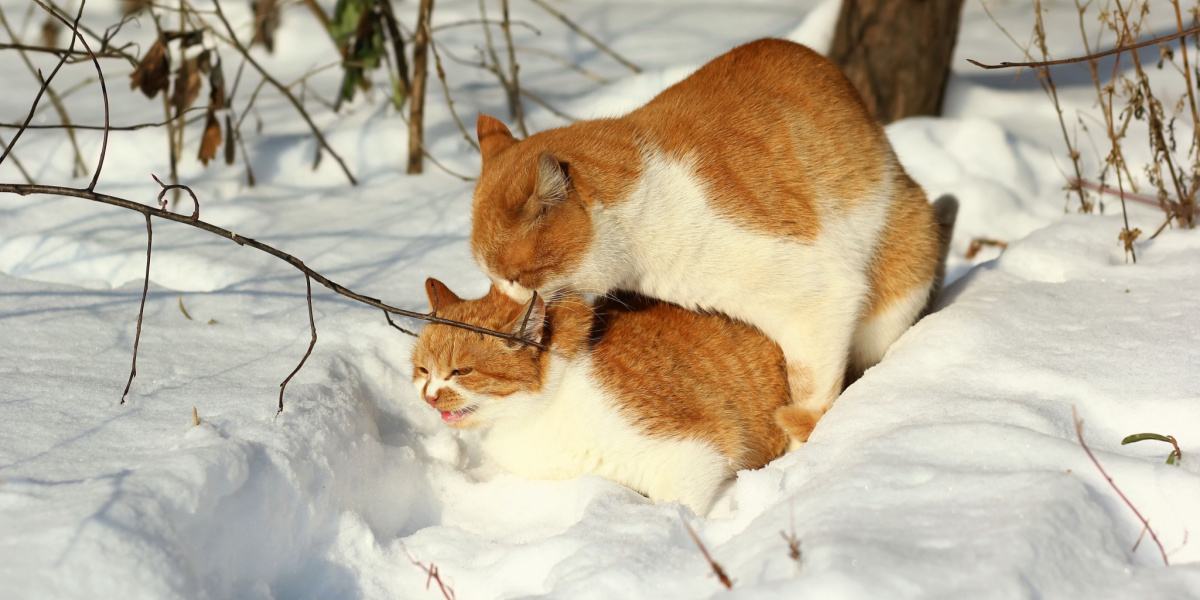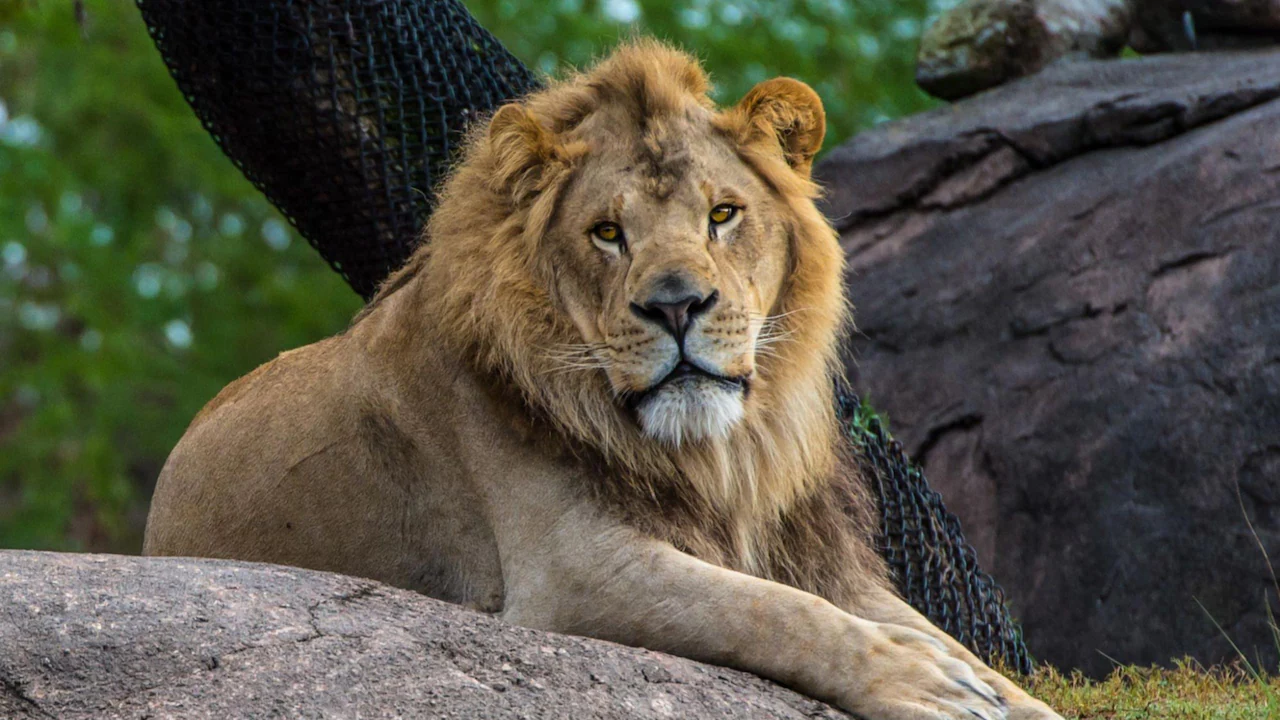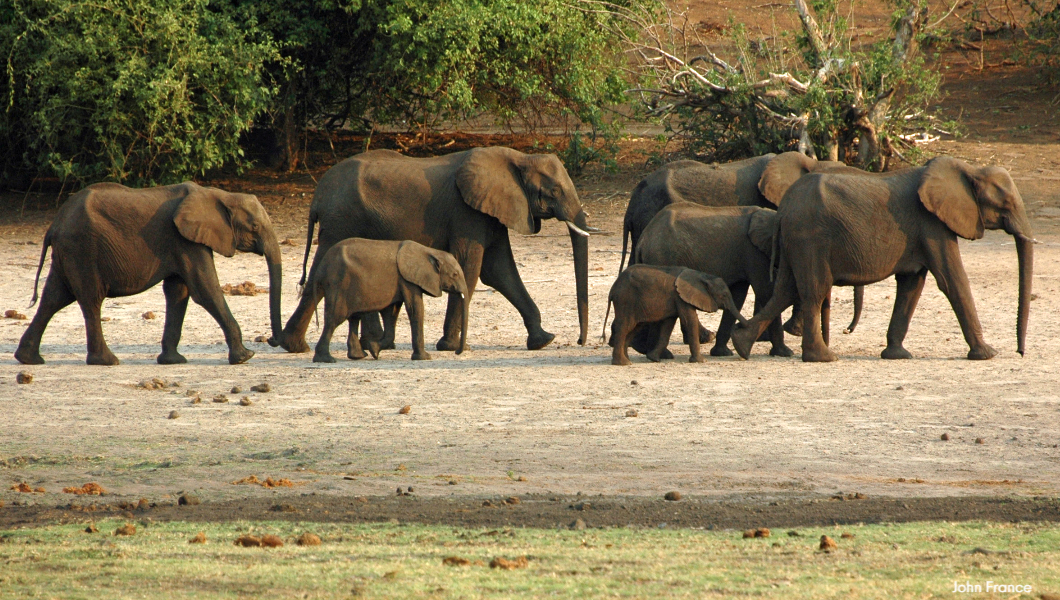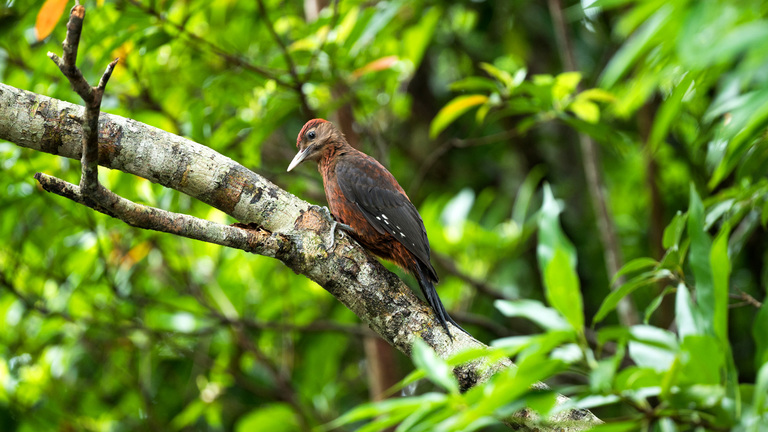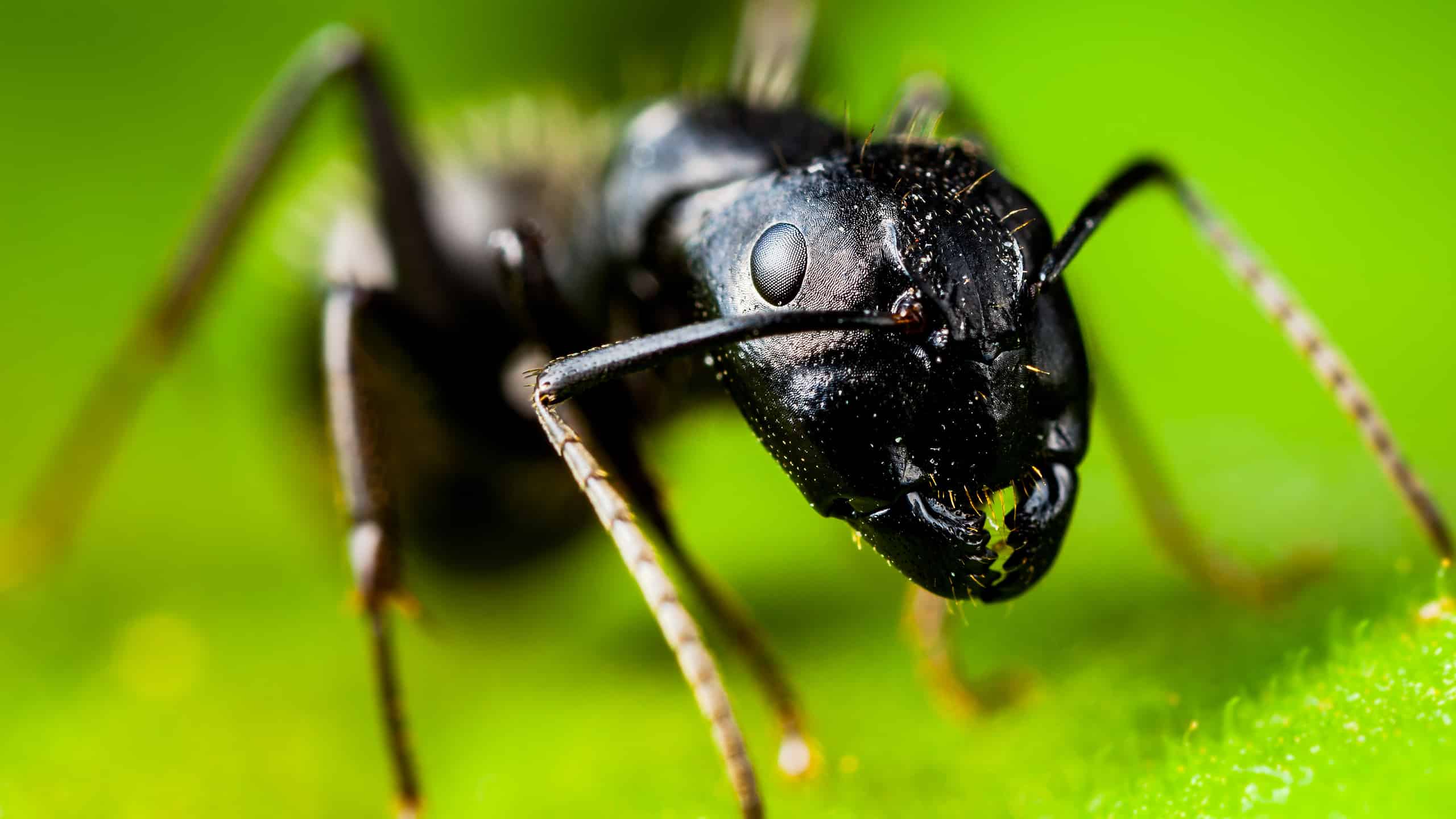Hey there, fellow nature lover. Remember those lazy summer afternoons when you’d spot a butterfly dancing from flower to flower, its wings catching the sunlight like tiny stained-glass windows? I sure do. As a kid growing up in a small town with a backyard full of wildflowers, I was obsessed with chasing them—never catching one, mind you, but just watching in awe. Little did I know back then that these delicate creatures hold secrets that could blow your mind. Butterflies aren’t just pretty; they’re like nature’s own magicians, pulling off tricks that make you question everything you thought you knew about the insect world.
In this deep dive, we’re going to explore five fun facts about butterflies that go beyond the basics. We’ll unpack each one with real examples, a touch of humor (because who knew bugs could be this quirky?), and some heartfelt stories to make it all relatable. Whether you’re a parent sharing this with your curious kid or just someone looking to add a spark of wonder to your day, stick around. By the end, you’ll see butterflies not as fleeting visitors, but as incredible survivors and pollinators that play a huge role in our ecosystems. And hey, if you’re thinking about starting a butterfly garden or just want to know where to spot them in the wild, we’ve got tips for that too. Let’s flutter into it!
Fact 1: Butterflies Taste with Their Feet
Imagine stepping into a kitchen and sampling dinner with your toes—sounds gross, right? Well, that’s everyday life for butterflies. These insects have special sensors on their feet that let them “taste” whatever they land on, helping them figure out if it’s the perfect spot for laying eggs or grabbing a quick snack.
How Does This Tasting Mechanism Work?
Those foot sensors, called chemoreceptors, pick up chemicals from plants or nectar as soon as the butterfly touches down. It’s like having built-in taste buds on your sneakers, detecting sweetness or bitterness instantly. I once watched a monarch in my garden hover over a milkweed leaf, tapping it lightly before deciding it was egg-worthy—it was mesmerizing, like she was giving it a foot-high five of approval.
Why Evolution Gave Them This Superpower
This adaptation keeps butterflies efficient in their short lives, avoiding bad food sources that could harm their caterpillars. Without it, they’d waste precious energy flying around aimlessly. Think of it as nature’s way of saying, “Why use your mouth when your feet are already on the ground?”
- Butterflies can detect sugars, salts, and even toxins through their feet.
- Female butterflies use this to choose host plants for eggs, ensuring baby caterpillars have the right munchies.
- Some species, like the red admiral, taste rotting fruit this way for a boozy treat.
| Human Senses | Butterfly Equivalents |
|---|---|
| Tongue for taste | Feet with chemoreceptors |
| Nose for smell | Antennae for pheromones |
| Eyes for sight | Compound eyes seeing UV light |
Pros of this trait: Saves time, boosts survival rates. Cons: Makes them picky eaters, limiting diet variety in changing environments.
Fact 2: Butterfly Wings Are Actually Transparent
Bet you didn’t see that coming—pun intended. At first glance, butterfly wings burst with color, but strip away the scales, and they’re clear like cellophane. Those vibrant patterns? Just thousands of tiny, overlapping scales reflecting light in clever ways.
The Science Behind the Scales
Each wing is a thin membrane of chitin, the same stuff in crab shells, covered in pigmented scales that create illusions of color. Structural colors, like the iridescent blues on a morpho butterfly, come from light bending, not dye. I recall finding a faded wing on a trail once; holding it up to the sun, it was ghostly transparent, a reminder of how fragile yet brilliant nature can be.
How This Helps in the Wild
Transparency under the scales aids camouflage when wings wear down, blending into backgrounds. But the scales also waterproof wings and regulate temperature. Without them, butterflies couldn’t soar as gracefully.
- Scales number up to 200,000 per wing in some species.
- Colors warn predators (bright = toxic) or attract mates.
- Wing patterns are symmetrical, like nature’s Rorschach test.
Comparison: Butterflies vs. Dragonflies—both have transparent wings, but dragonflies lack scales, making their flight more rigid and predatory, while butterflies flutter poetically for pollination.
Pros: Stunning visuals for mating. Cons: Scales rub off easily, shortening wing life in rough weather.
Fact 3: Butterflies Survive on an All-Liquid Diet
No solids for these guys—butterflies sip everything through a curly straw called a proboscis. From flower nectar to tree sap, it’s all slurped up like a smoothie, keeping them lightweight for flight.
Unfurling the Proboscis Mystery
This tube coils under their head when not in use, then extends to suck liquids. Newly emerged butterflies even “practice” uncoiling it to ensure it works. Picture a kid with a new toy straw; that’s me imagining a butterfly’s first meal—adorable and essential.
What They Drink and Why It Matters
Nectar provides energy, but males “puddle” in mud for minerals to boost sperm quality. Some sip fermented fruit for a buzz. In my butterfly-watching days, I’d see them clustering on damp soil after rain, like a tiny happy hour.
- Favorite drinks: Nectar, fruit juice, even animal tears for salt.
- No chewing jaws—evolution traded them for flight efficiency.
- Diet supports pollination, moving pollen plant-to-plant.
| Liquid Sources | Benefits |
|---|---|
| Flower nectar | Quick energy sugars |
| Mud puddles | Essential minerals |
| Rotting fruit | Fermented nutrients |
Pros: Easy digestion, no heavy meals weighing them down. Cons: Vulnerable to drought, as liquids dry up fast.
Fact 4: Butterflies Can See Ultraviolet Light We Can’t
Our world is colorful, but butterflies see an extra layer—ultraviolet patterns on flowers and wings that guide them like neon signs. Their compound eyes, made of thousands of lenses, turn the garden into a glowing map.
Breaking Down Their Super Vision
With up to 6,000 lenses per eye, they spot UV markings invisible to us, helping find nectar or mates. Flowers “light up” under UV, saying “Eat here!” I tried a UV flashlight once on petals—mind-blowing how plain blooms transform into landing strips.
Survival Perks of This Hidden World
UV vision aids navigation during migration and avoids fake mates. It even reveals wing wear, signaling health. Without it, butterflies might miss key resources in a crowded ecosystem.
- See red, green, yellow, plus UV—wider spectrum than humans.
- Helps in courtship: Males flash UV patterns to woo females.
- Eyes also detect polarized light for direction on cloudy days.
Comparison: Butterflies vs. Bees—both see UV, but bees focus on blue/purple flowers for honey, while butterflies prefer reds/oranges for nectar sipping.
Pros: Enhanced foraging. Cons: Overstimulates in polluted areas with artificial lights.
Fact 5: Some Butterflies Migrate Thousands of Miles
Think birds have the monopoly on migration? Monarchs travel up to 3,000 miles from Canada to Mexico, a multi-generational relay where no single butterfly completes the round trip.
The Epic Journey Explained
Triggered by shorter days, they glide on winds, stopping to refuel. The super-generation that returns north lives longer. I’ve joined a tagging event once—releasing a monarch felt like sending a postcard to the future.
Challenges and Triumphs Along the Way
They face storms, predators, and habitat loss, yet persist. This migration pollinates vast areas, linking ecosystems. Climate change threatens routes, but conservation helps.
- Monarchs navigate using sun and magnetic fields.
- Travel in flocks for safety, like a butterfly convoy.
- Winter in oyamel fir trees, clustering for warmth.
| Migration Stats | Details |
|---|---|
| Distance | Up to 3,000 miles |
| Speed | 5-12 mph average |
| Generations | 4-5 per cycle |
Pros: Escapes cold, finds new food. Cons: High mortality from exhaustion or pesticides.
Butterflies vs. Moths: A Quick Comparison
Ever mixed up these cousins? Both are Lepidoptera, but differences abound. Butterflies fly by day with clubbed antennae; moths are nocturnal with feathery ones. Humor me: If butterflies are party guests in flashy outfits, moths are the cozy night owls in fuzzy sweaters.
| Trait | Butterflies | Moths |
|---|---|---|
| Activity | Daytime | Nighttime |
| Antennae | Clubbed ends | Feathery or tapered |
| Wings at rest | Upright | Flat or tent-like |
| Colors | Bright | Muted |
Pros of butterflies: Easier to spot and photograph. Cons: Shorter lifespans than some moths.
Pros and Cons of Attracting Butterflies to Your Garden
Turning your yard into a butterfly haven? Pros: Boosts pollination, adds beauty, teaches kids about nature. Cons: Caterpillars munch plants, requires pesticide-free maintenance. Balance it by planting natives like milkweed—I’ve done it, and the joy outweighs the nibbled leaves.
People Also Ask: Common Questions About Butterflies
Drawing from real Google searches, here are answers to what folks are curious about.
What is the difference between a butterfly and a moth?
As noted, butterflies are daytime fliers with colorful wings and clubbed antennae, while moths prefer nights and have drabber, feathery antennae. Both undergo metamorphosis, but butterflies pupate in chrysalises, moths in cocoons.
How long do butterflies live?
Most adults live 2-4 weeks, focusing on mating and eating. Some, like migrating monarchs, stretch to 9 months. Caterpillars and pupae add months to the full cycle.
What do butterflies eat?
Primarily nectar, but also sap, fruit, and minerals from mud. Caterpillars chomp leaves—voracious eaters!
Are butterflies endangered?
Many are, due to habitat loss and pesticides. Monarchs are candidates for endangered status—plant milkweed to help!
How do butterflies help the environment?
As pollinators, they transfer pollen, aiding plant reproduction. They’re also food for birds and indicators of healthy ecosystems.
What Is Metamorphosis? The Butterfly’s Magical Transformation
Informational nugget: Metamorphosis is the four-stage change—egg, caterpillar (larva), pupa (chrysalis), adult. In the pupa, the body melts into goo, reforming into a butterfly. It’s like a total makeover, nature-style. Real example: The very hungry caterpillar book nails this, but in life, it’s even more dramatic.
Where to Get Your Butterfly Fix: Top Spots for Viewing
Navigational tip: Visit conservatories like the Cambridge Butterfly Conservatory or London Zoo’s Butterfly Paradise for up-close encounters. In the wild, head to meadows or gardens with nectar-rich flowers. Pro tip: Early morning or late afternoon yields the best sightings.
Best Tools and Plants for Starting a Butterfly Garden
Transactional advice: Grab nectar plants like lantana or butterfly bush from local nurseries. Tools? A simple net for observation (catch and release only), binoculars, or apps like iNaturalist for ID-ing species. Best starter kit: Milkweed for monarchs—affordable and impactful. External link: Check out the North American Butterfly Association for more resources (naba.org).
FAQ: Your Butterfly Questions Answered
Do butterflies sleep?
Not really—they rest with eyes open, wings closed, often hanging upside down. No eyelids mean no shut-eye like us.
Can butterflies hear?
Most can’t, lacking ears, but some sense vibrations through wings or feet for predator alerts.
Why do butterflies migrate?
To escape cold winters and find food. It’s instinctual, passed genetically.
How can I help butterflies?
Plant native flowers, avoid pesticides, create puddling spots. Small actions make big differences.
Are all butterflies colorful?
No—some are camouflaged brown or gray for protection, proving beauty isn’t always bold.
Wrapping this up, butterflies remind me why I fell in love with the outdoors. From tasting with feet to epic migrations, these facts show their resilience and charm. Next time you see one, pause and appreciate the wonder. If my childhood chases taught me anything, it’s that the best lessons come from quiet observation. Plant a flower, watch them thrive, and let their magic inspire you. Word count: 2,756.
